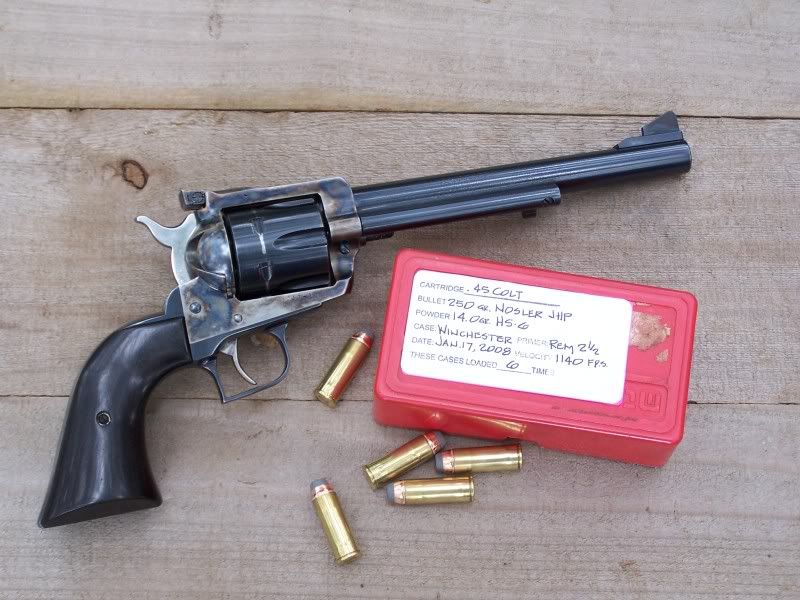405FileFound
New member
I was just watching the 10000th GLOCK or SIg torture test on youtube, there's so many out there. In one I saw a GLOCK function somewhat well after the mud and sand test, while the M1911 in the same test jammed completely.
Now what about revolvers? They are always touted as being "rugged and reliable" and more resistant to neglect but not abuse. One time I left my S&W 649 locked up in a basement for three months. When I retrieved it the trigger wouldnt budge due to some corrosion, and it took some TLC to get it back to functioning. Now wheelgunners have heard everywhere how "you can leave a revolver in a drawer for 20 years and it will still fire", but that day that idea was seriously challenged.
WHat kind of torture tests have ever been documented to wheelguns? I dont think Ive come across a single one, not in magazines or on youtube. There is a video of handguns being fired underwater, and a S&W 317 .22 rev outdid a series of GLOCKs, Sigs, and Springfields semi's.
But realistically, how would a new S&W, Ruger, or Charter Arms stand up to being dropped 3 ft onto concrete, dumped into sand, etc? I'm sure not nearly to the extent that modern semi's can, but what are the tolerances of a revolver? I'd like to hear personal experiences and ideas, etc.
Now what about revolvers? They are always touted as being "rugged and reliable" and more resistant to neglect but not abuse. One time I left my S&W 649 locked up in a basement for three months. When I retrieved it the trigger wouldnt budge due to some corrosion, and it took some TLC to get it back to functioning. Now wheelgunners have heard everywhere how "you can leave a revolver in a drawer for 20 years and it will still fire", but that day that idea was seriously challenged.
WHat kind of torture tests have ever been documented to wheelguns? I dont think Ive come across a single one, not in magazines or on youtube. There is a video of handguns being fired underwater, and a S&W 317 .22 rev outdid a series of GLOCKs, Sigs, and Springfields semi's.
But realistically, how would a new S&W, Ruger, or Charter Arms stand up to being dropped 3 ft onto concrete, dumped into sand, etc? I'm sure not nearly to the extent that modern semi's can, but what are the tolerances of a revolver? I'd like to hear personal experiences and ideas, etc.
Last edited:

